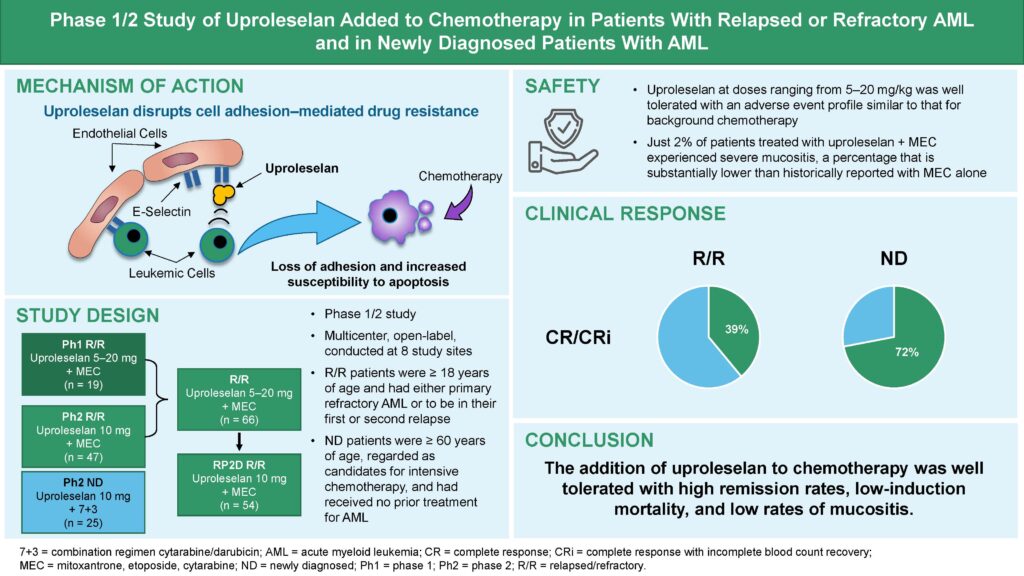In medical communications, the temptation to self-censor is strong. Fear of crossing regulatory lines can make people play it safe, resulting in messages that are bland and easily overlooked.
To make an impact, your communications need to stand out. And since compliance and regulatory standards aren’t going anywhere, the right creative process becomes essential if you want to achieve results that are both compelling and compliant.
Creativity and compliance don’t have to be at odds.
Here’s an example:
We were tasked with creating materials for a treatment related to vitiligo. The challenge was significant: patient photos were off the table due to confidentiality concerns, and stock images didn’t capture the specific nuances of the condition.
So how could we create something visually compelling while staying within strict compliance guidelines?

Striking the right balance — here’s how we do it:
Don’t let the need for compliance stifle creativity.
Involve compliance teams early on.
Here are some other examples of how we’ve successfully applied this approach:

Bringing ADHD to life through VR technology
A client needed us to help convince skeptical clinicians that ADHD does indeed occur in adults. Simply stating the facts wasn’t working; we needed a way to make the message felt on a personal level.
We hit on the answer when we asked ourselves, “What if we could help them experience it?” That simple question led to our “A Day in the Life” program. With the help of VR technology, we made it possible to personally experience just how discombobulating it is to have ADHD. The client loved the idea, so we met with both the regulatory and compliance leads to get their buy-in and define guard rails. Throughout the development process, we kept them in the loop — and even invited them to attend the filming. The outcome? A positive experience for everyone involved and a deeper understanding for many of what it truly feels like to live with ADHD.
Adapting complex content for digital platforms
A detailed manuscript works well in a medical journal but doesn’t necessarily translate effectively in the bite-size visually driven world of social media. The challenge: how do we adapt this content to a format that captures attention?
Rather than simply shortening the content, we transformed key points into a graphical abstract. Through our illustrations, the publication messages became eye-catching and easy to understand. It stood out in the fast-paced digital environment while remaining fully compliant.

Let's Build What's Next, Together
We know how crucial it is to get it right in medical communications. If you’re looking for a partner who can balance creativity with compliance and deliver impactful results
Here are some other examples of how we’ve successfully applied this approach:
Bringing ADHD to life through VR technology
A client needed us to help convince skeptical clinicians that ADHD does indeed occur in adults. Simply stating the facts wasn’t working; we needed a way to make the message felt on a personal level.
We hit on the answer when we asked ourselves, “What if we could help them experience it?” That simple question led to our “A Day in the Life” program. With the help of VR technology, we made it possible to personally experience just how discombobulating it is to have ADHD. The client loved the idea, so we met with both the regulatory and compliance leads to get their buy-in and define guard rails. Throughout the development process, we kept them in the loop — and even invited them to attend the filming. The outcome? A positive experience for everyone involved and a deeper understanding for many of what it truly feels like to live with ADHD.


Adapting complex content for digital platforms
A detailed manuscript works well in a medical journal but doesn’t necessarily translate effectively in the bite-size visually driven world of social media. The challenge: how do we adapt this content to a format that captures attention?
Rather than simply shortening the content, we transformed key points into a graphical abstract. Through our illustrations, the publication messages became eye-catching and easy to understand. It stood out in the fast-paced digital environment while remaining fully compliant.
Striking the right balance, together
We know how crucial it is to get it right in medical communications. If you’re looking for a partner who can balance creativity with compliance and deliver impactful results, let’s connect.
